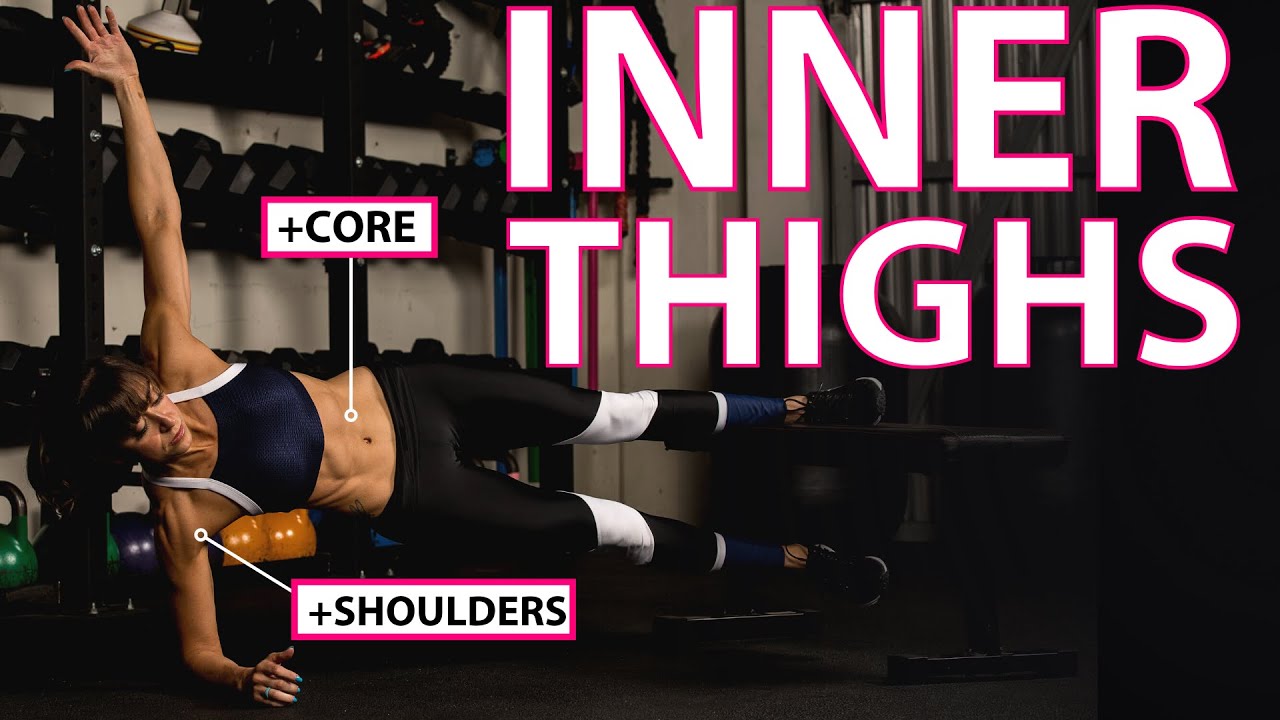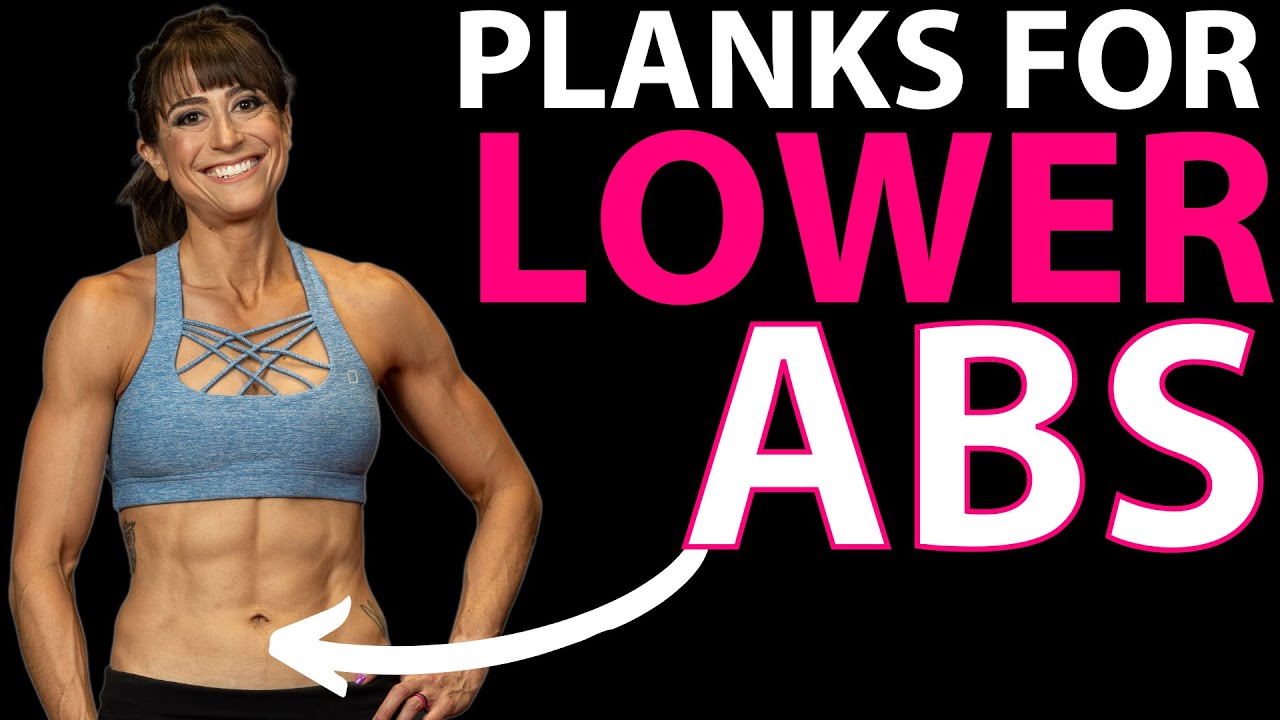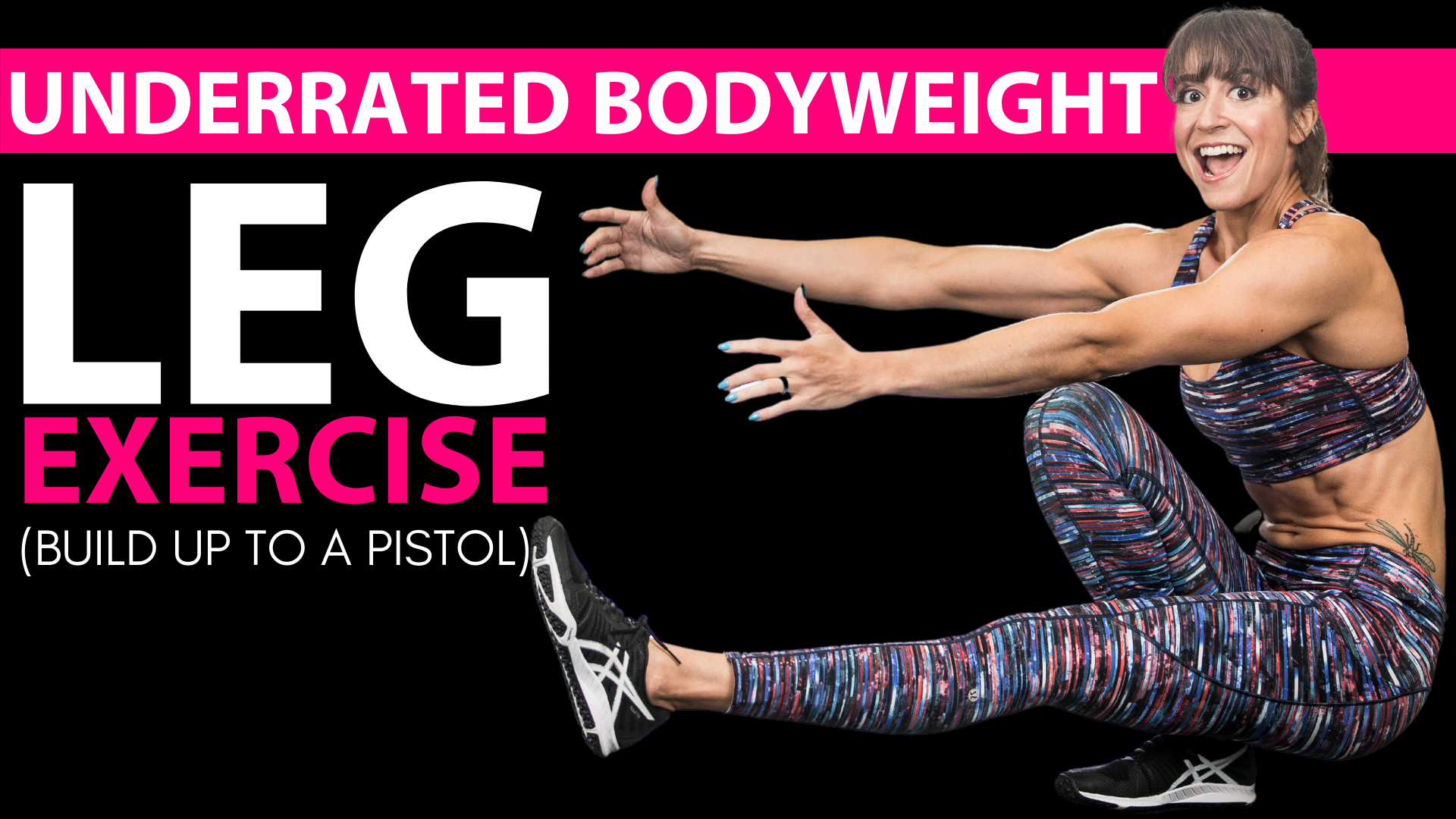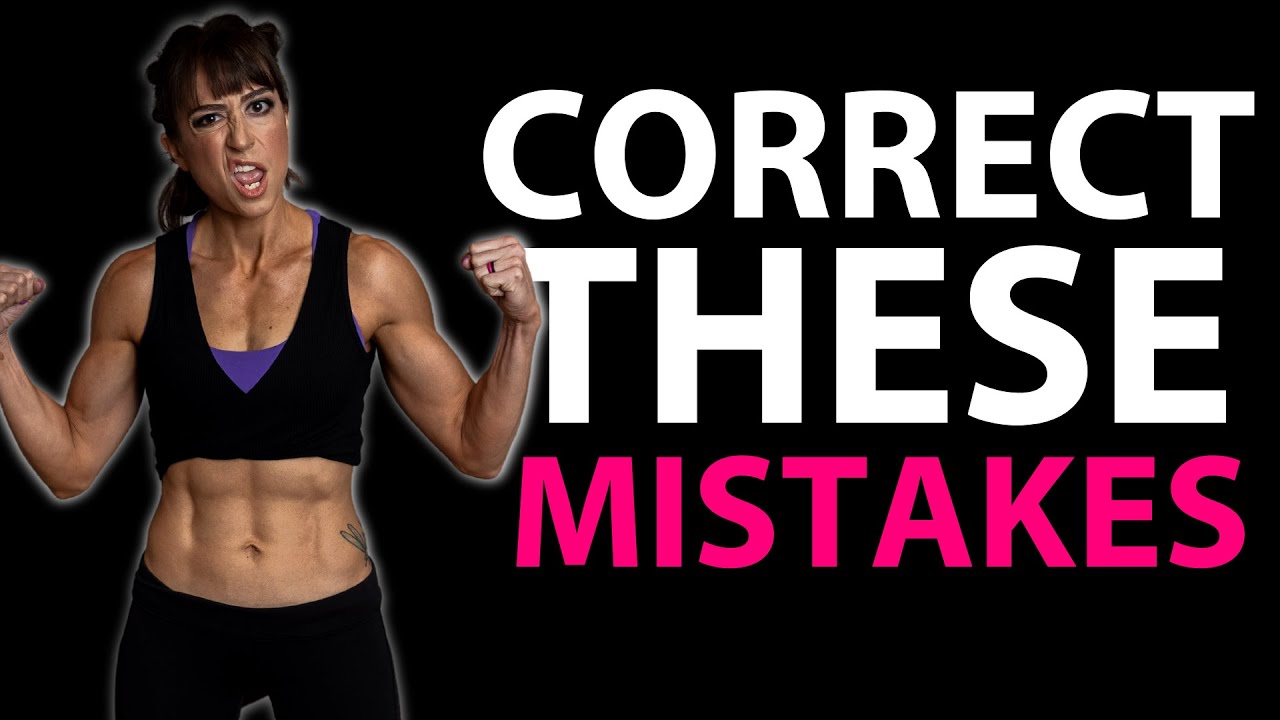
10 Upper Body Bodyweight Exercises (+2 WORKOUTS!)
There is always a way to keep moving forward consistently toward our goals working around the challenges life throws our way.
And while it may not be our ideal workout or schedule, doing SOMETHING is always better than nothing and can keep us moving forward toward our goals.
That’s why I wanted to share 10 upper body bodyweight moves to help you build strength even when you don’t have access to a gym or you’re short on time.
These moves will target your arms, shoulders, chest, back and core and can easily be done at home, with a few bonus moves using a towel.
I share quick tips on how to do these moves then 2 amazing workouts you can implement them in!
10 Upper Body Bodyweight Moves:
1: Doorway Row
It can be challenging to target your back and perform pulling movements when we don’t have equipment. But by using a simple doorway or even stair banister, we can really challenge our back using our own bodyweight.
And this move is amazing because you can make it unilateral or bilateral to not only challenge one side at a time but even make it harder by using only one side to pull your weight.
Just make sure to stay in that squat and focus on your shoulder blade moving so you’re really initiating the pull with your back!
To modify, start with both hands instead of a unilateral pull.
2: Downward Dog Pike Push Ups
Push ups are not only a great chest, shoulders and tricep exercise, but also a great core move. And you can adjust how much you activate each of those muscle groups based on the exact variation you use.
If you want to get your shoulders and get in movement to mimic that vertical press or overhead press, the downward dog pike push up is the perfect move to include.
When you do this move, make sure you don’t turn it into a horizontal press but actually lower your head straight down between your hands to mimic that vertical pressing movement.
To advance this move, place your feet up on a bench or stair. The higher the platform, the harder it will be!
3: Scapular Wall Row
When we think about back exercises, we think about pulling movements. But this amazing back move is actually a press.
If you struggle with engaging your back and that scapular movement, and often feel your biceps taking over, this is a key back exercise to include. And all you need is a wall!
When you do this move, focus on driving off your elbows to push away from the wall and feel your shoulder blades move toward your spine to drive your chest out. Focus less on walking further away from the wall and more on that mind-body connection to engage your back.
To vary this move up, you can also do the press lying on the ground as well.
4: Tricep Push Ups
This amazing unilateral push up is a great way to target each arm independently to correct imbalances and really work those triceps.
It is also easier on the shoulders than the bench dip, which can make it a great option especially if you’ve had shoulder aches and pains in the past.
When you do this move, make sure to press through your entire hand. Move your hand up higher to modify or lower down your side to advance. And make sure not to let your legs flop around.
You can further modify this move to start by pressing off a bench or wall over doing the push up off the ground.
5: Lying W Pull Down
Even when we don’t have equipment, we don’t want to ignore the importance of vertical pulling exercises. Moves like the Lying W Pull Down can help us improve our back strength, working our lats while helping us improve our scapular control and stability.
Really focus on your shoulder blades drawing together and down toward your butt as you pull your arms down from extended overhead as you lie on the ground. Even slightly extend your spine to lift your chest and hold as you perform the movement.
If you do feel your neck during moves like this, rest your head on a towel or even modify this move standing.
6: Chest Fly Push Up
The chest fly is a great move to really work your pecs, which is exactly what muscle you’ll work more with the Chest Fly Push Up.
All you need are two small towels to use on a hardwood floor or even paper plates on carpet.
And bonus, you’ll also really work your core.
When you do this move, really focus on sliding out with control then your pecs working to pull your hands back in as you come up out of the push up.
To modify, try sliding one side out at a time or even move to your knees. You can also modify this move off an incline, sliding one hand out at a time while using your stairs to create that incline.
7: Plank Row
This bodyweight exercise is a great way to target your core, especially your obliques, improve your shoulder stability and even work on your scapular control and strengthen your back.
Really focus on avoiding rotation as you row your hand up toward your chest and make sure to initiate the row with your back.
This move is an anti-rotational core exercise so do not rush it but really flex even your quads and glutes to fight opening up as you lift your hand.
To modify, try the plank off an incline, placing your hands up on a bench, couch, table or stair.
8: Climber Plank
Target those arms and shoulders as you work your entire core with this plank variation.
When you do the Climber Plank, really make sure to place your hands under your shoulders over letting your hands sneak out in front of you as you climb up. And as you lower down, place your elbows under your shoulders.
This not only really makes your arms and shoulders work, but it will protect your neck and help you avoid shrugging.
To modify this move, try the plank off an incline.
9: Self Resisted Bicep Curl
You can apply your own resistance when bands or weights aren’t available. And one great way to do this and get in some bonus isolation work for those biceps is using a towel!
To do this curl, loop a towel and hold the ends in one hand to resist your other hand as you curl. You can then make it as easy, or as challenging as you want by pulling against your curl.
Focus on making yourself really fight to curl against the tension. Don’t make it too easy on yourself!
You can even include holds at different points in the move to spend more time under tension.
10: Body Saw
If you want a challenging plank variation that is going to work your triceps and lats, you’ll want to include the Body Saw.
While you can do this move by just walking your feet back, a great way to really make it challenge not only your core to protect your lower back during the extension but also your lats and arms, is to add a towel under your feet.
Instead of walking back, slide back. Do not let your hips sag but focus on lengthening through your arms and shoulders before you pull back in.
Think about pulling back into that plank by feeling the sides of your back working to bring your elbows back under your shoulders.
How Can You Use These Moves In 2 Amazing Workouts?
Workout number 1 is the 1 Minute Max Out. Set a timer for 1 minute and perform as many reps of a move as you can in that time. Move through the 5 exercises, working for 1 minute on each (30 seconds per side) before resting for a minute to repeat for 3-5 rounds through.
1 Minute Max Out
CIRCUIT:
1 minute Doorway Row
1 minute Downward Dog Pike Push Up
1 minute Plank Row
1 minute Tricep Push Up
1 minute Lying W Pull Down
1 minute Rest
The second workout option is the 20-16-12-8 Ladder. You will start with 20 reps per move in the Triset (or per side) then go down to 16 reps the next round, 12 the third round and finally 8 on the last round through the moves. Once all 4 rounds are complete on a Triset, move onto the second set of exercises. Time how long it takes you to beat that time next time through!
20-16-12-8 Ladder
TRISET #1:
20-16-12-8 Doorway Row
20-16-12-8 Chest Fly Push Ups
20-16-12-8 Body Saw
TRISET #2:
20-16-12-8 Scapular Wall Row
20-16-12-8 per side Self Resisted Bicep Curls
20-16-12-8 Climber Plank (perform HALF the reps per side)
Looking for more exercises, workouts, tips and motivation?
Follow me on Instagram!







